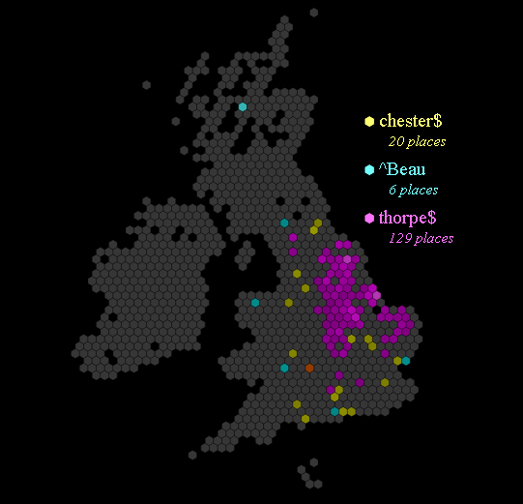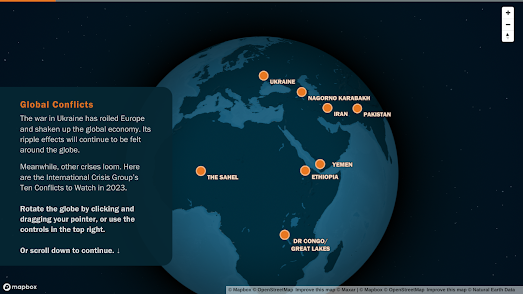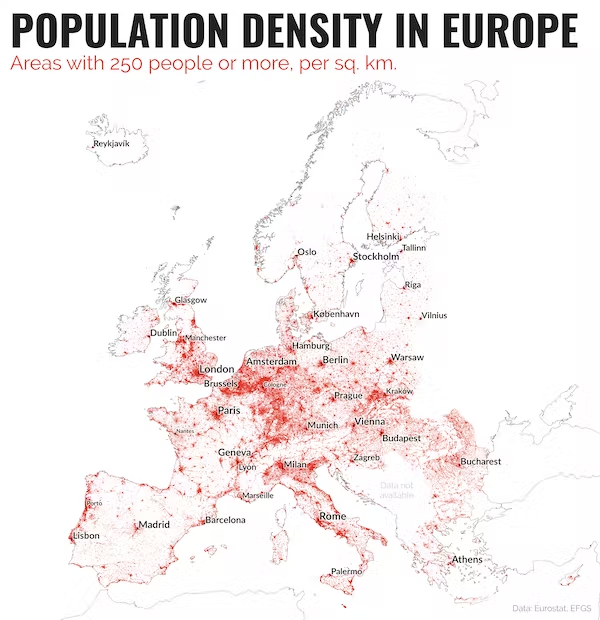In December Mapping Urban Form and Society published a fascinating article exploring how language and mapping intersect in the names people use to refer to a 'narrow walkway between buildings.' In the UK these walkways or alleys might also be called a 'passage' 'cut', 'entry', 'gennel'. 'ginnel', 'jitty', 'snicket' or 'twitchel'. Which one of these terms is used is normally determined by where the speaker lives in the UK.
The article refers to an interactive map created by Our Dialects which maps out the names used for these walkways in the UK. This map shows that in the north-west of England in particular there is a huge variation in the name given to these alleys or walkways, with 'a few clear patterns, such as ginnel around Greater Manchester and Leeds, entry around Merseyside, and gennel around Sheffield.'
The map was created from dialect surveys in which people were asked to complete a questionnaire. In other words the geographical lexical variation in these names for walkways is derived from the location of the survey's participants. The colored dots on the map therefore show the locations of each surveyed individual and not the location of an alley named 'passage', 'gennel', 'cut' etc.
I thought it might be interesting to carry out some geographical analysis to find out if the actual naming of alleyways on the ground matches the regional variations defined by the dialect survey. And it doesn't (in most cases). According to this Overpass Turbo query there are only three alleys called 'Ginnel' in the north-west of England and based on this query only six alleys which are called 'Entry'.
This lack of actual walkways named 'Ginnel' or 'Entry' is in itself interesting. It suggests that many of the local names given to these back streets or alleyways are colloquial in nature and aren't usually reflected in the actual mapped names of these features on the ground. Although I did find three alleys called 'Jitty' in Loughborough.
Alleys named Twitten in Sussex
Oddly one dialect name for an alleyway which is reflected in official street names is one that isn't featured in the Our Dialects survey. In Sussex the word 'Twitten' is often used to refer to a narrow walkway between buildings. This Overpass Turbo query shows that the name 'Twitten' actually does often appear on the map in Sussex.
The regional variations for names given to types of street is often mirrored in regional variations given to the names of geographical features. For example John Nelson has mapped out the different names given to navigable passages between mountains in the USA. In some places these passages are called 'passes', elsewhere they may be called 'gaps', 'notches', or even 'saddles'. In his Gap, Pass, Notch and Saddle story map John has mapped out the regional variations of these names for valleys across the United States.










































